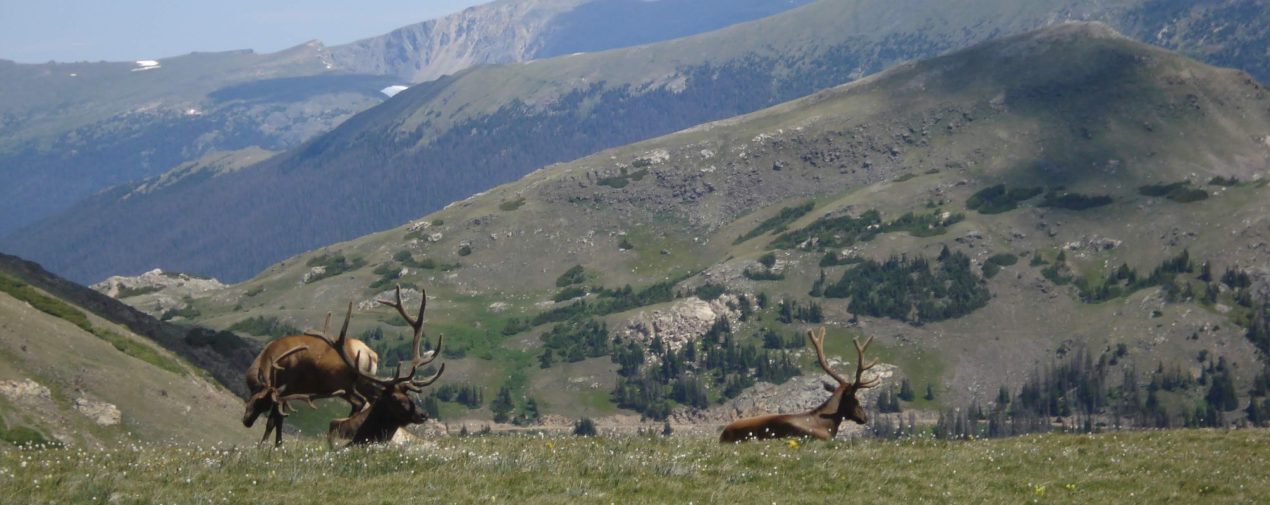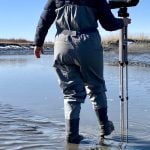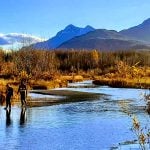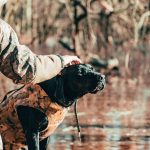How to Make the Most of Your Harvest and the Ethics of Meat Eating
As if deciding what to have for dinner wasn’t difficult enough, many of us are now facing ethical dilemmas when choosing our food sources. Unless you live in an area that can provide edible wild plants in abundance and you are able to sustain yourself strictly on responsibly foraged foods, your food sources impact animal lives. Most obviously hunting and raising animals for food requires taking the life of another creature for meat. While choosing to avoid meat and/or animal products may seem like a more ethical decision, crop farming still has a large impact on wildlife. For example, a study by the Audubon Society found that less than 40% of the original 550 million acres of North American grasslands remain. A majority of this was turned into crop land or energy development leaving many wildlife species with far less habitat.
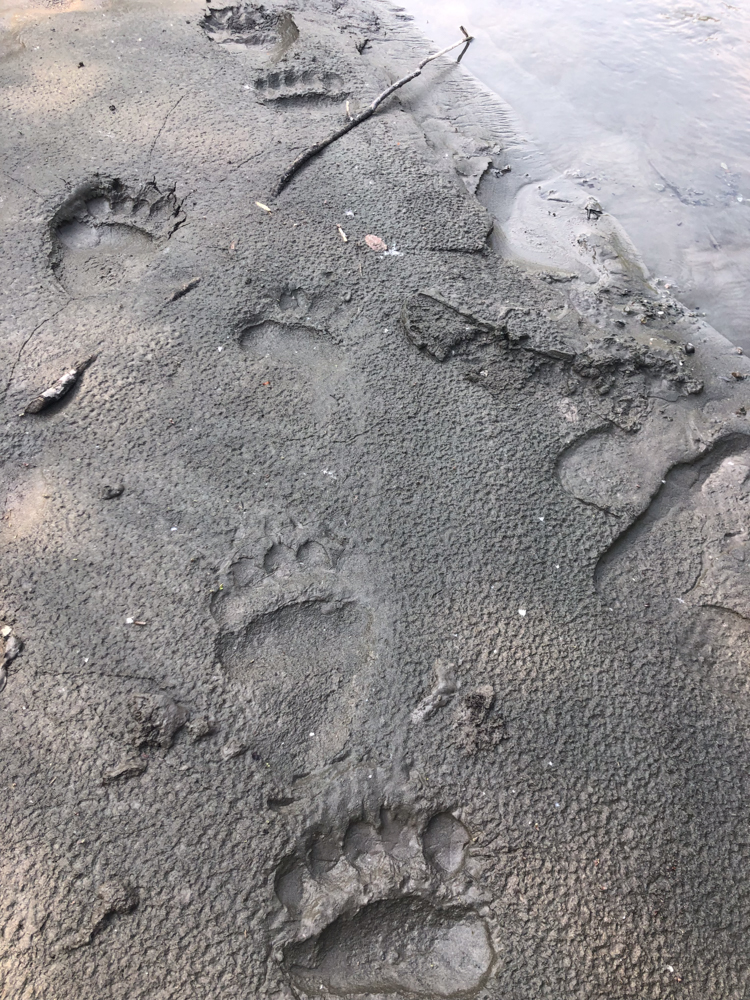

As conservationists, I think we can all agree that one step we should all take is to cut down on food waste. Not only does this cut down on our personal impact but can also save us money. Especially when choosing to take a life as a means to sustain oneself, we should do our best to use as much as possible. Let’s take a look at the pros and cons of animal harvesting methods and look at a few ways to extend our uses.
Hunting
Let’s start by getting a few facts straight as this can be a hot topic in some social circles. There is a huge difference between hunting and poaching. Poaching is illegal and refers to practices such as taking an animal outside of a legal season, taking an animal that does not meet the gender or size requirements, killing an animal without harvesting required parts (for example, killing a deer and leaving the meat to rot), or killing an animal while violating any legal requirement. Hunting refers to taking the animal while following all legal requirements and local regulations. Poachers are thieves who steal resources from all of us while hunters are harvesting animals in a legal fashion. In every state, there are salvage requirements for each animal taken which are clearly spelled out in the hunting regulations. For some animals, you may only have to take major muscle groups, but for others you may be required to take the hide or entire animal.
Hunting regulations are determined by either state or federal fish and wildlife departments depending on the species in question and/or location. Biologists carefully study animal populations and capabilities of habitats among other factors with the goal being the long-term survival success of each species. Hunters contribute to this conservation effort in a couple different ways financially. First, with few exceptions, each hunter must pay a fee to obtain a hunting license and, often, additional fees for permits specific to a species. The funds generated go directly back into funding these departments and other conservation programs. Secondly, the Pittman-Robertson Act was introduced in 1937 by hunters and imposes an 11% tax on the sale of things such as guns, ammunition, and archery equipment. The money generated from this tax is collected by the federal government and divvied up to the states with strict requirements that the funds must be used for conservation purposes.
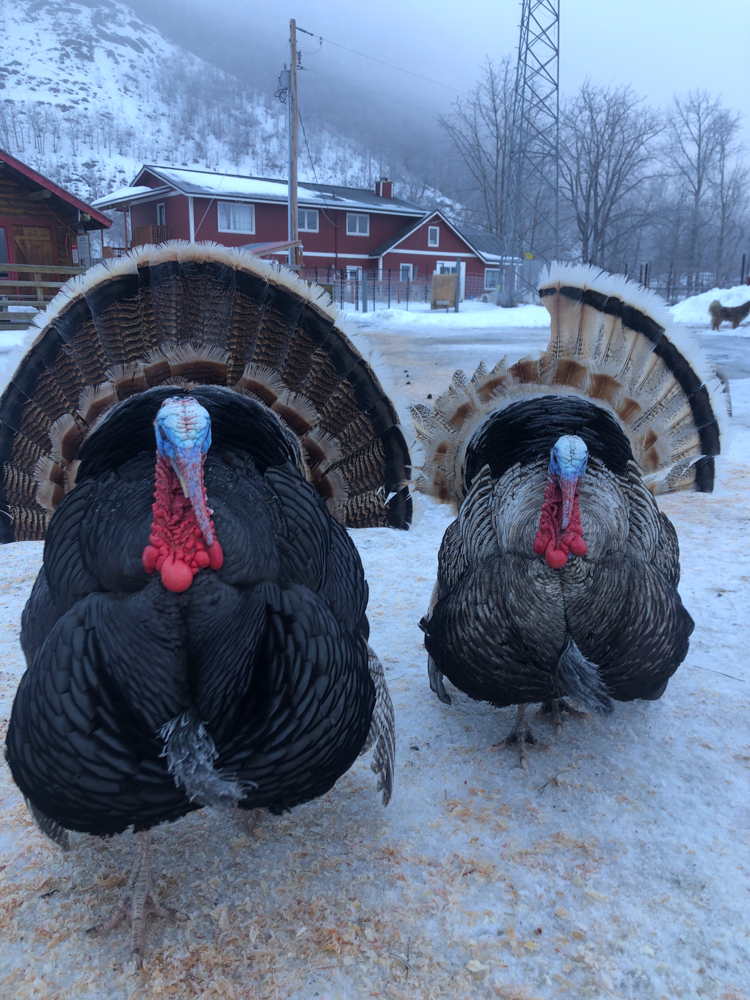
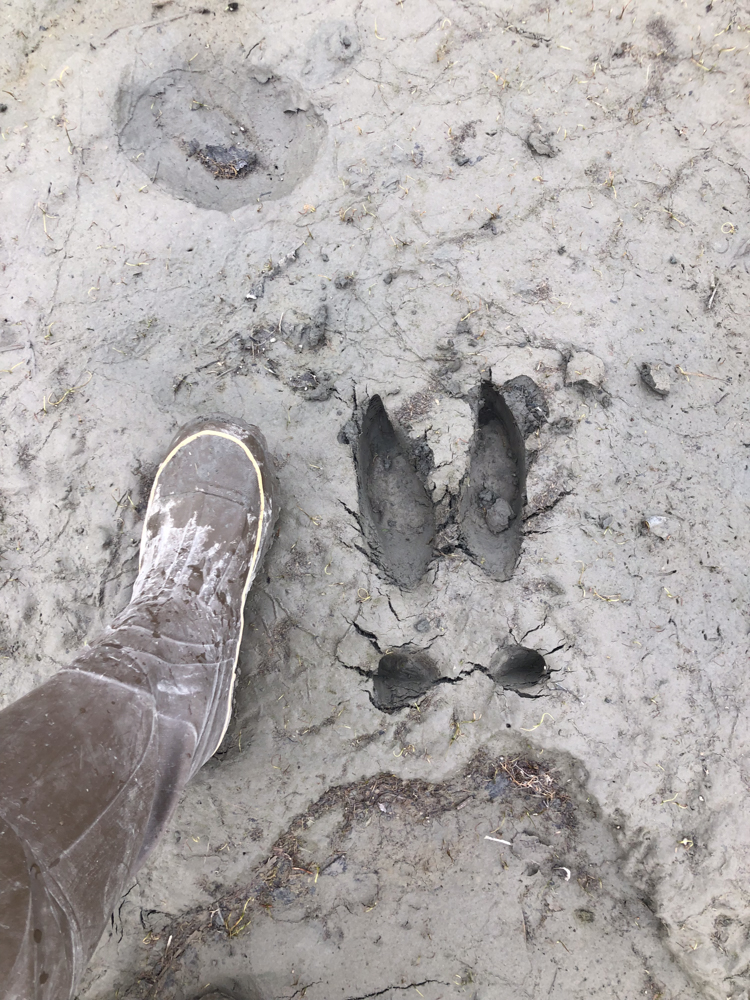
Assuming hunting for food falls within your ethics, what are some pros and cons? The obvious con is the taking of another life. The obvious pro is you just secured yourself organic, sustainably sourced protein. The carbon footprint in this animal maturing is nonexistent. Availability might be a pro or a con depending on your location. Those living in rural environments might have harvestable wildlife right in their backyard, while those living in a metro area might have a long trip to public hunting areas. Your location will also determine whether this is cost effective for you. One additional financial benefit is that there are often low cost and free licenses available to low-income families, individuals with disabilities, and elderly populations helping to alleviate some financial barriers. Most hunters find that pursuing wild game helps connect them to nature, develops an appreciation for wildlife, and provides all the good benefits that come along with exercising in the outdoors. The animal also enjoys its full quality of life right up to the end and many indigenous cultures have deep seeded traditions with hunting.
Local Farms and Raising Your Own Animals
Small scale farms, including your own personal farm, can also be a great way to source meat. In addition to benefits from supporting a local business, smaller farms often provide a better quality of life for animals compared to factory farms. Fewer animals often mean less cramped quarters and caretakers more in tune with the animal’s individual needs. If you have children, raising animals is a great way to teach them responsibility and a connection to their food sources. A drawback to small scale farming is often the cost. Like most goods, small scale production tends to be less economical than mass production. Though some small farmers get creative with food sources such as repurposing food scraps from restaurants, it is difficult to provide a balanced diet for the animals without utilizing at least some commercial feeds contributing to the carbon footprint needed to raise these animals to maturity. If the small farm is lucky enough to have pastures to support their animals, one might also consider whether this farm allows for a symbiotic relationship with the native vegetation and wildlife. One additional pro here is that, thanks to the growing popularity of farmer’s markets, food sourced from small farms is increasingly accessible to all. Some farmers markets even accept food stamps making healthy food an option for those who are financially disadvantaged.
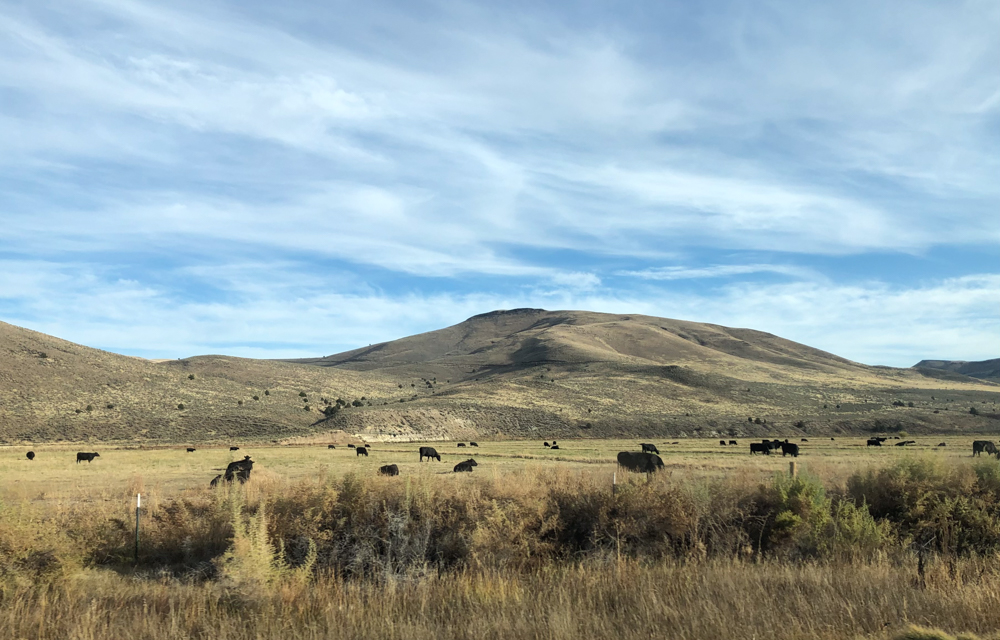
Factory Farming
The majority of meat consumed in the US currently is produced by factory or large-scale farms. Though the obvious pro is it produces lower cost meat that is readily available to anyone with access to a grocery store, the cons in regard to environmental impact and ethics are numerous. Though there are some laws in place attempting to uphold humane standards, the quality of life for these animals is often minimal. Poultry and swine especially are typically raised in cramped, indoor facilities never to see the light of day. Beef cattle often do spend at least a portion of their life grazing, but this has an impact on western prairies as the cattle impact native plants and compete with wildlife for food. The grains used to feed these animals such as corn, wheat, and soy are mass produced and impede on native plant and animal life. The carbon footprint for raising these animals is the highest as it requires at minimum harvesting and preparing the grains, transporting grains to the farms, and transporting the meat to grocery stores nationwide. It can be hard to avoid consuming factory farmed products all together and may be financially necessary for some folks, but it is important to be cognizant of the impact it has.
Making the Most of Harvested Animals
Whether you’ve had a successful hunt, purchased an animal from a local farmer, or bought in bulk from the local grocery store, there are many steps you can take to get the most bang for your buck as well as use “alternative” parts. The first step in preventing waste is learning to properly care for and store your meat. Freezing tends to be the simplest preservation method. Wrapping your meat in butcher paper or vacuum sealing your cuts prevents freezer burn longer than just plastic wrap or bags. When freezer space is limited, smoking, pressure canning, drying, and making jerky are all great preservation alternatives. If you are butchering yourself, keep in mind that, depending on the species, fat and less desirable cuts can be retained for grinding up into burger or sausage.
Don’t waste the bones. Bones, specifically the marrow, contain loads of nutrients. The health benefits of drinking bone broth have been touted for years now and cooking down raw bones is a cheap way to make your own. Some people also feed bones to their pets, though be sure to check with a veterinarian prior to adding new foods to your pet’s diet. Bones left from a prepared meal can also be recooked and used as broth. Any time I prepare a bird, after cleaning off as much meat as I can, I drop the remaining carcass into a crockpot with water, a bay leaf, seasonings, and vegetable scraps. (Pro tip: keep a zip lock bag in your freezer for keeping carrot tops, onion or garlic peels, and celery butts. Add to this bag whenever you cut up veggies. When you have a carcass to boil down, simply add to the crock pot!) Simmer for a while, strain out the solids, and you have stock ready to turn into your favorite soup. If broth and soups aren’t your thing, bones can also be cooked down to extract the minerals and the liquid used to fertilize plants.
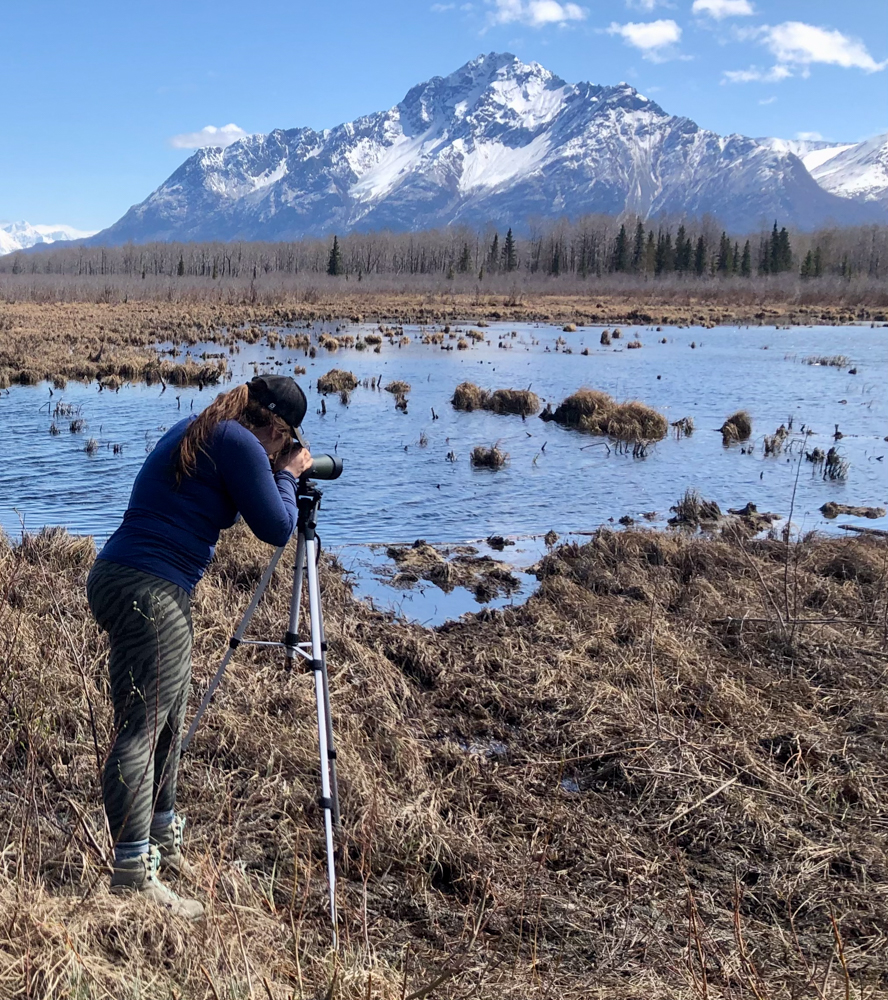
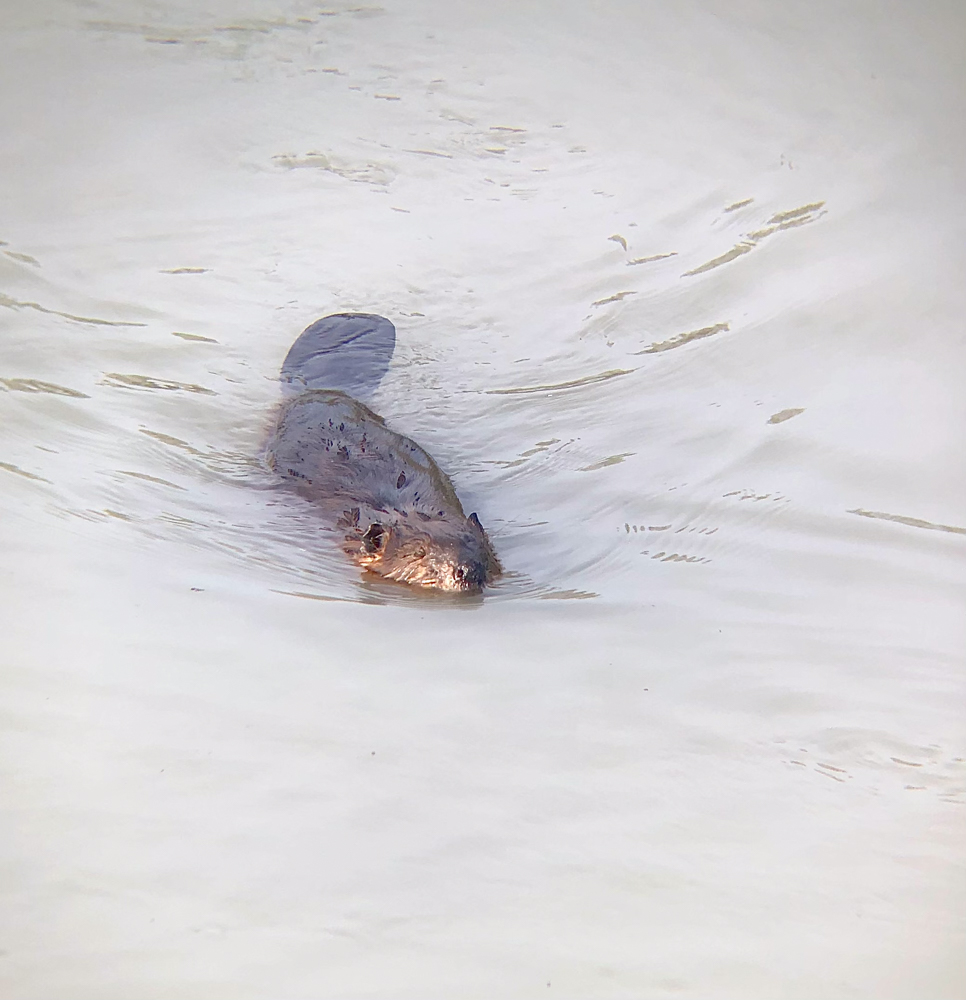
Though leather and furs have been given a bad rap by animal activist groups over the years, hear me out on why you should consider utilizing hides. Most obviously, the hide is a usable by-product of harvesting the animal. Recently, there has been a resurgence of interest in turning hides into buckskins and then into garments. Did you know it’s possible to process hides using only primitive tools and without the use of harsh chemicals? When properly utilized, traditional tanning methods can produce garments that are durable, weather resistant, and washable. Additionally, furs from fur bearing animals can be sewn into some of the warmest clothes, hats, mittens, etc. that are available. Also, we should consider the impact our clothes will have at the end of their life cycle. When a leather or fur piece reaches the end of its life span, it is biodegradable. Our synthetic clothing will likely end up in a landfill and also be prone to shedding microplastics into our environment throughout its life. Another great use for bits of hair is to tie your own flies for use during fishing season. Again, using natural materials over synthetics saves from microplastics entering our water systems.
It’s hard to talk about hunting without talking about antlers. While many of you might not enjoy the sight of wall mounts or other trophy displays, many hunters cherish these as both a final tribute to the animal and a reminder of an adventure spent with friends or loved ones. It is also possible to find jewelry and other keepsakes made out of carved antlers. I personally was gifted a pair of butterfly earrings carved out of antler that I adore. Not only are they beautiful, but they were crafted by a small business owner in the US. I’d rather have jewelry made from the byproduct of someone’s hunt than a non-renewable resource coming from dangerous mining. Antlers can also be fed to dogs as treats, but again talk to your veterinarian to be safe.
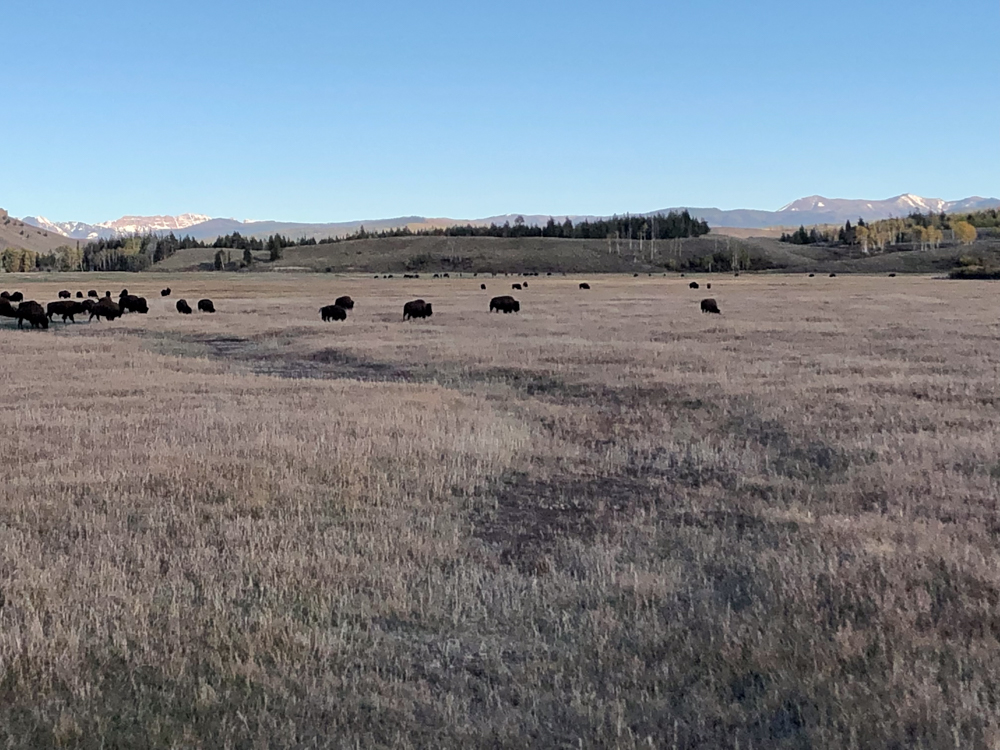
The Final Word
Though it’s virtually impossible to feed ourselves without making some sort of impact on the environment, it is important that we make informed decisions about where our food comes from. We should all make an effort to minimize waste where we can and understand that each person has different ethics, cultural traditions, and dietary needs. Utilizing our harvests as much as possible, staying educated about our food sources and their environmental impacts, and setting a good example for others will go a long way in today’s society.
About the Gear Tester
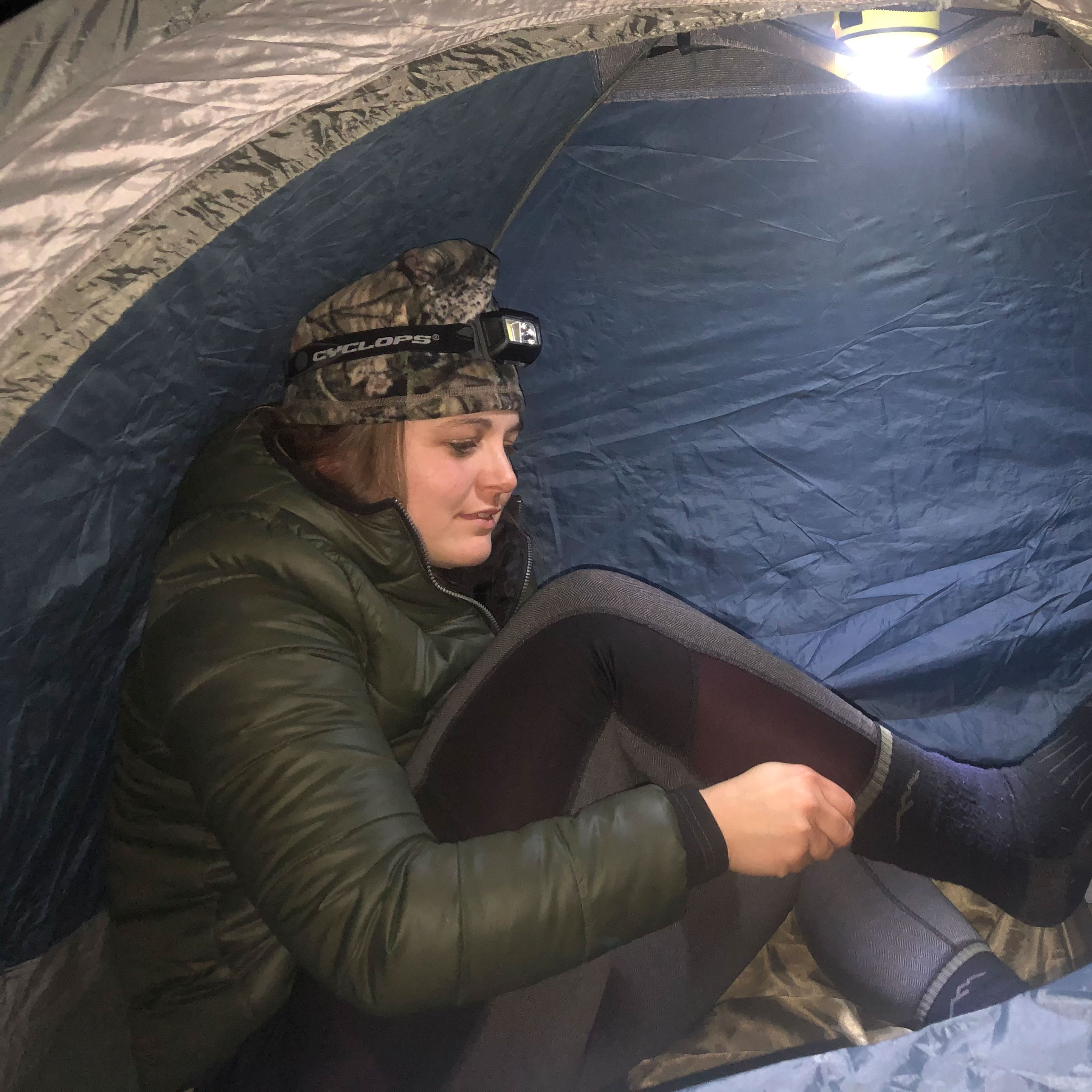
Michelle Beadle
Michelle currently resides in Alaska working and volunteering in the conservation field for various government, tribal, and non-profit entities on projects in remote areas. When not at work, you can find her hiking, skiing, climbing, horseback riding, running, biking, hunting, fishing, or trying out new ways to explore the outdoors. She can be found on Instagram under michelle_ventures.

